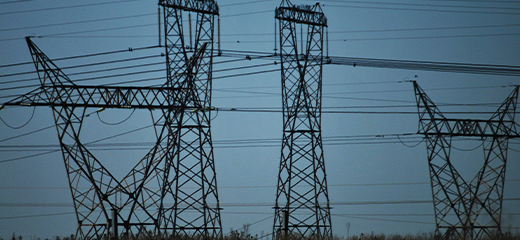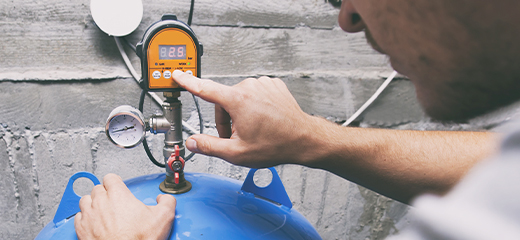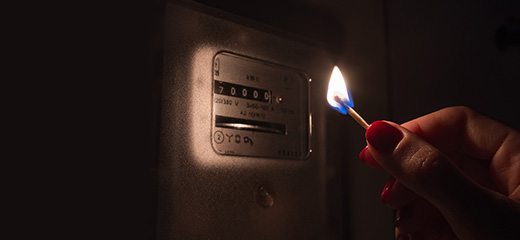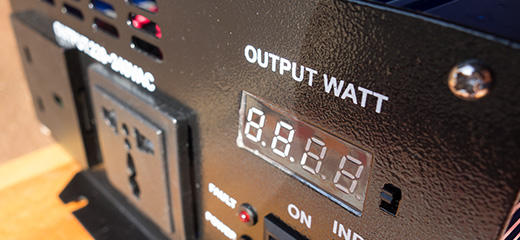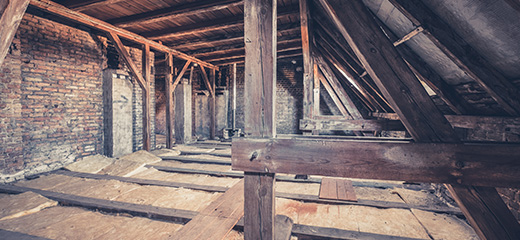
Geyser tips for loadshedding
Navigating loadshedding is hard enough, but when you can’t have a hot shower, it seems infinitely worse. Ensuring you have hot water during the worst of loadshedding is possible and it doesn’t have to drive up your electricity bill either.
Many South Africans have resorted to leaving their geysers on permanently to ensure their household has enough hot water to get them through the winter months. However, escalating electricity prices mean that monthly budgets are coming under strain. What’s more, geysers place additional strain on the power grid every time power is restored, leading to extended electricity outages.
Ensuring you have enough hot water doesn’t need to break the bank if you’re willing to follow a few steps.
Keep up to date
With loadshedding happening more often than ever before, knowing your area’s daily schedule has become essential. Not only does this allow you to plan for meal preparation, device charging and having candles at the ready, but it also enables you to plan your geyser timing.
Smartphone apps such as Eskom Se Push and Loadshedding notifier provide real-time information on Eskom’s plans for your area.
Tackle timing
With your loadshedding schedule on hand, you can now decide when to set your geyser to heat.
Ideally, you want your geyser to finish heating just before you expect to use the hot water. This way, you will not lose heat and require extra geyser time due to the water cooling. However, if you are scheduled for loadshedding for that timeframe, you will need to set your geyser to heat immediately before then.
If you have a smart geyser controller, adjusting your geyser’s heating schedule is as easy as pulling up an app on your phone and selecting times that don’t coincide with loadshedding.
Digital geyser timers are less convenient, however, as the time is reset with every power outage. In this situation, it may be easier to set the geyser to go off at the reset time, but for shorter periods.
For those without a way to schedule their geyser heating times, setting alarms on your phone for switching the geyser on and off during non-loadshedding times can help to keep the electricity bill down.
A smart geyser controller enables you to bring down your electricity bill with ease.
